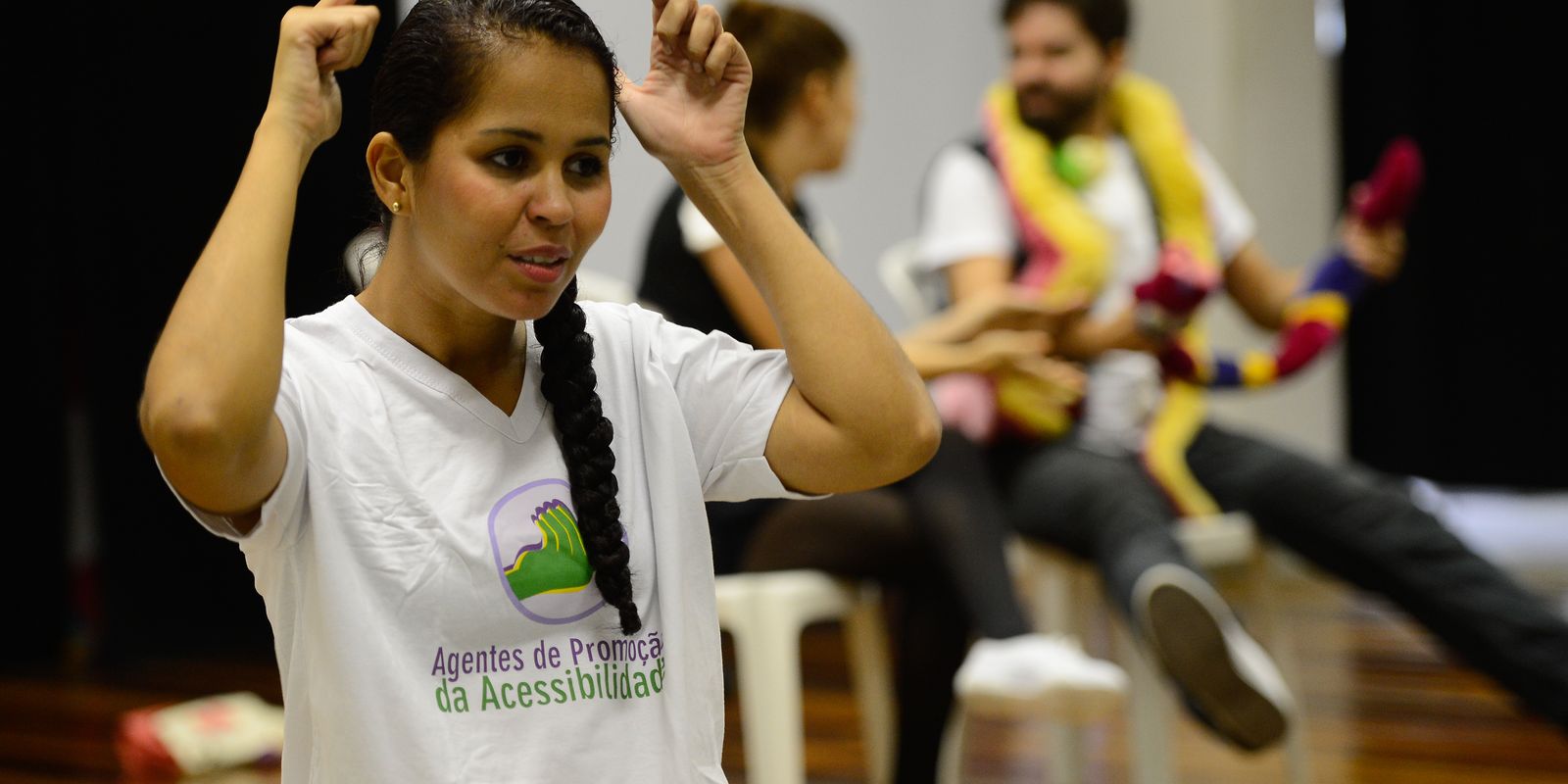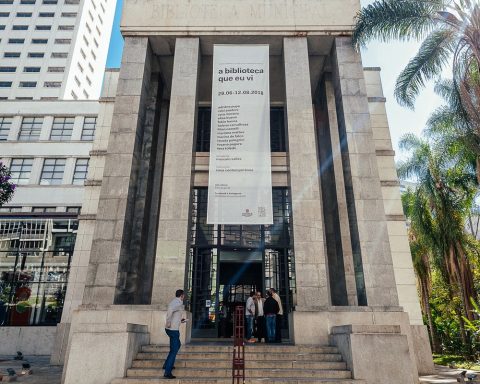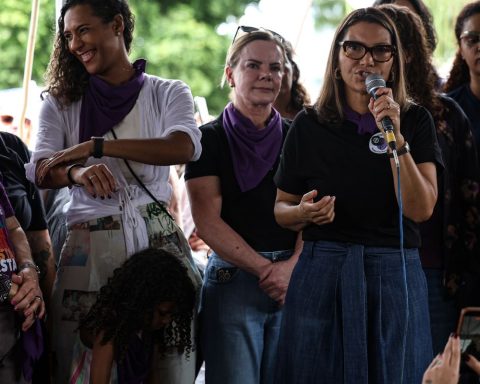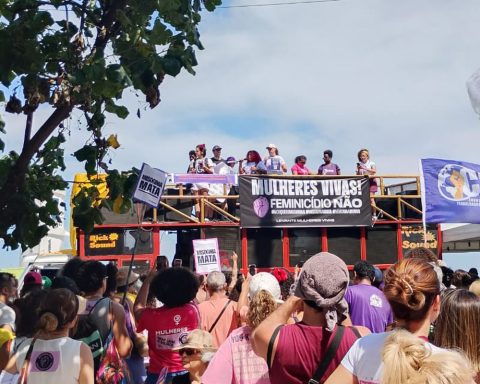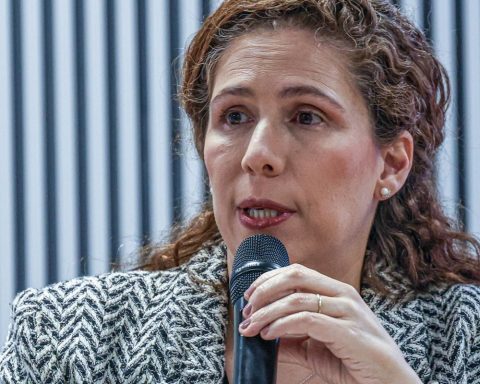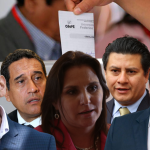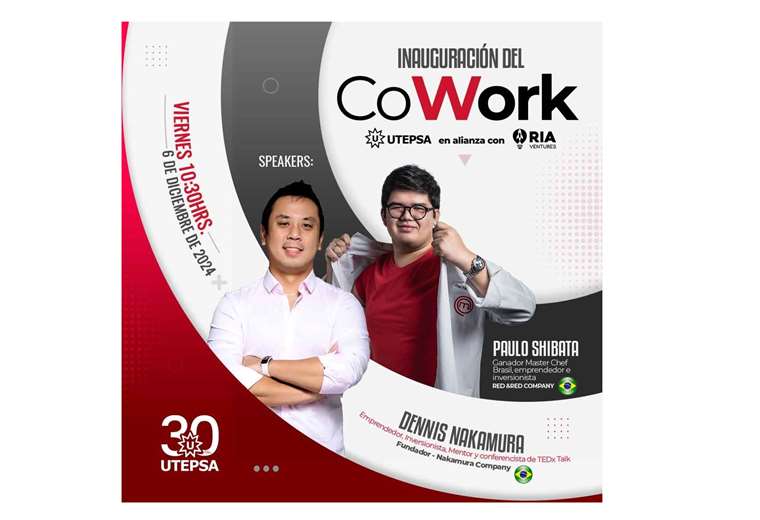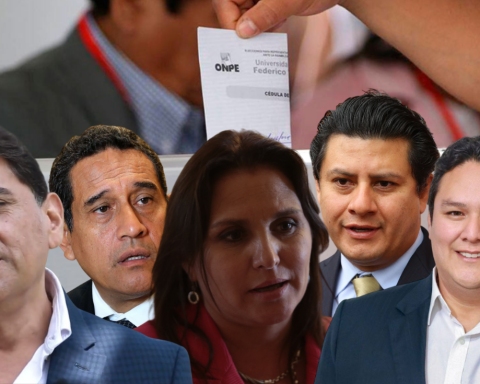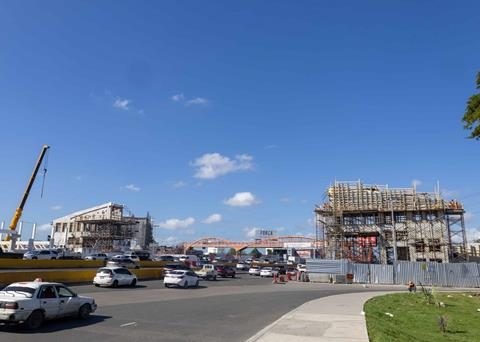Survey carried out by Locomotive Institutein conjunction with Deaf Accessibility Week, shows that Brazil has 10.7 million people with some type of hearing impairment. This type of disability is classified according to the inability to detect a certain amount of decibels, with a person who has profound or complete hearing loss being considered deaf.
On the International Day of Persons with Disabilities, celebrated this Tuesday (3), the Brazil Agency talked to people with disabilities, who talk about their challenges. The date was established by the United Nations (UN) in 1992, with the aim of guaranteeing rights and access to people with disabilities. For inclusion to occur, conditions such as the insertion and permanence of these people in the job market are necessary.
Júnior Teles (51) is an accountant at the Superior Electoral Court and has descending bilateral sensorineural hearing loss, characterized by difficulty understanding parallel conversations and high-pitched sounds. He uses Individual Sound Amplification Devices (HAs) and reads lips when talking to other people. Júnior says that communicating that he has a hearing loss has made it easier for him to interact with his colleagues.
“I started using hearing aids and this accessibility has helped me a lot, although it doesn’t solve it 100%. So, as you know that I have loss, but I am also very verbal (I don’t use Libras), I have been adapting well to work environments, as long as they are not noisy places with a lot of people talking at the same time.”
Amarildo João Espindola is deaf, a university professor and leads the Libras em Cena project, which offers activities that encourage integration between deaf and hearing people, promoting inclusion and artistic training through workshops.
“Every time we arrive in any environment that does not have a Libras interpreter or any other professional fluent in this language, we face limitations, barriers. And the job market is no different.”
It tells how work relationships can be impacted by the lack of accessibility for people with hearing impairments.
“The point is that working is not only focused on the activities directly carried out, but on the entire context in which the person is inserted: from the moment they enter the workplace, when they need to resolve something administrative, or even interaction with other colleagues.”
Labor lawyer Iara Neves explains how the lack of adequate integration of employees with hearing impairments in the company can affect the social interaction of these professionals.
“The lack of adequate integration of deaf employees can result in their isolation from social life and loss of autonomy to carry out activities, even resulting in the underutilization of their skills, by assigning low-visibility roles with little chance of professional development. .”
If the rights of deaf workers are not fulfilled, there are alternatives to overcome the problem, such as talking to employers or the company’s Human Resources department. The lawyer suggests how deaf employees can act.
“If attempts at dialogue are not effective, the employee can file a lawsuit with the Labor Court. If he is unable to hire a lawyer to file a labor complaint, he can complain in person to the Court and follow up on his complaints until the final, under the condition that jus postulandi (without the help of a lawyer), provided for in article 791 of the CLT.”
Inclusion strategies
For professor Amarildo João, accessibility strategies could be implemented to expand the inclusion of deaf people.
“It is necessary to train people (hearing people) in Libras and deaf culture, in order to bring the hearing world closer to the deaf world. It is also necessary to hire or hold competitions for professionals fluent in Libras, such as translators and interpreters, teachers, lawyers, doctors, secretaries, receptionists, doormen, among others.”
The following practices can also promote the inclusion of people with different types of hearing impairments:
Speak clearly and slowly (makes it easier for people with partial deafness to understand).
Directly address the person with hearing impairment, enabling lip reading.
Install panels and alarms with light warnings in public service areas, facilitating the viewing of written information.
